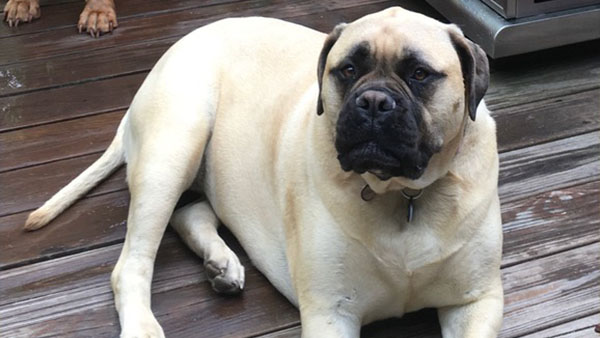Your cart is currently empty!
Weight Management
According to a 2018 survey from the Association for Pet Obesity Prevention, 56% of dogs and 60% of cats are either overweight or obese. That’s more than 50 million dogs! What’s disheartening is that almost 50% of dog owners believe their pets’ weight is within the normal range, even when their veterinarians have assessed them as being overweight.
Why?
- Too much food!
- The wrong type/brand of food
- Lack of exercise
- Age
- Breed
- Genetics do play a part in weight management
- Certain breeds are more prone to weight gain/fluctuations, such as Labrador/Golden Retrievers, Cocker Spaniels, Beagles, Dachshunds, Shetland Sheepdogs, and more.
- Hormonal disorders
- Various medical conditions can cause weight gain
It is best to have your pet thoroughly examined by your veterinarian to rule out any medical abnormalities before beginning any diet/exercise plan.

What problems are related to obesity?
- Arthritis—Excess weight makes the joints prone to premature arthritis
- Breathing problems – Extra weight places stress on a dog’s heart and lungs, causing them to work harder.
- Heat/Exercise intolerance – Makes it difficult for the dog to cool off
- Compromised immune function
- Dermatological problems affect skin, hair, and coat
- Increased risk for surgery and anesthesia
- Creates joint and back problems and makes them more prone to injury
A Purina study showed that dogs that had a restricted diet and were kept at an ideal weight lived an average of 1.8 year longer.
There is a Solution – and We Can Help!
- Consult your veterinarian – Have your veterinarian perform an examination and rule out any medical conditions.
- Develop an exercise plan – Our certified canine rehabilitation practitioners can develop an exercise plan to help your dog jump-start his or her metabolism with underwater treadmill therapy and therapeutic exercises.
- Remember, this is a PROCESS – Crash diets don’t work; this is a lifestyle change. Plan on having your dog lose 1–2% of his or her total body weight per week. Anything more than that is too much, too fast.
How do I know if my dog is overweight?
- Look for a “tummy tuck up”—From the side, the dog’s belly should be “tucked up” under his ribcage and not even with his or her belly.
- You should be able to feel each of your dog’s ribs without pressing.
- Look at your dog from above. You should be able to see his or her waist.
Pet Obesity Prevention offers a helpful chart for your reference.